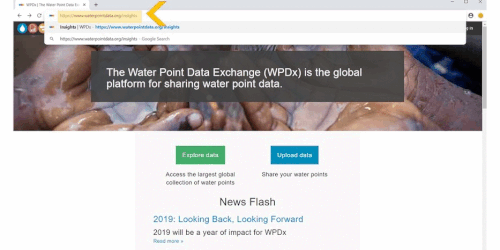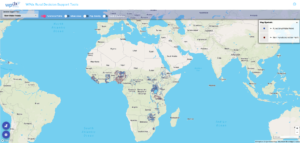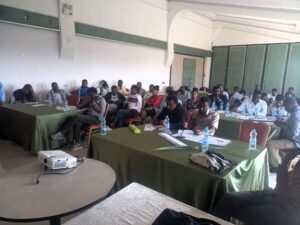
Announcing the WPdx Monitoring, Evaluation, Adapting and Learning (MEAL) Guide
The WPdx Data Standard was created in 2015 by an expert working group and defines a set of basic parameters that should be collected when
Check out the beta launch here!
This tool harnesses the power of machine learning to make predictions about the status of water points based on the past performance of similar water points in the country.

This tool uses available WPDx attributes, such as #water_tech, #water_source, #pay, and others as training data for developing a classification machine learning model. The target variable is #status_id. The models are tuned to optimize the precision (percent of water points that are actually broken) and the recall (percent of all broken water points that are identified as high risk). Predictions are based on adjusting calculating the age of each water point based on #install_year and the current year. A priority for each water point (high/medium/low) is assigned based on the relative number of water points within 1 kilometer and the population within 1 kilometer.
Like all predictions, these predictions are based on probabilities and may not reflect the reality of the status of water points at a given point in time.

The WPdx Data Standard was created in 2015 by an expert working group and defines a set of basic parameters that should be collected when

We are excited to share two new resources exploring applications of the WPdx Decision Support Tools app: A detailed written tutorial with pictures describing how

Photo caption: WPdx training delivered by MWA to government stakeholder and Sustainable WASH Program implementation partners in March 2023. Photo credit: Selamawit Tiruneh Over the